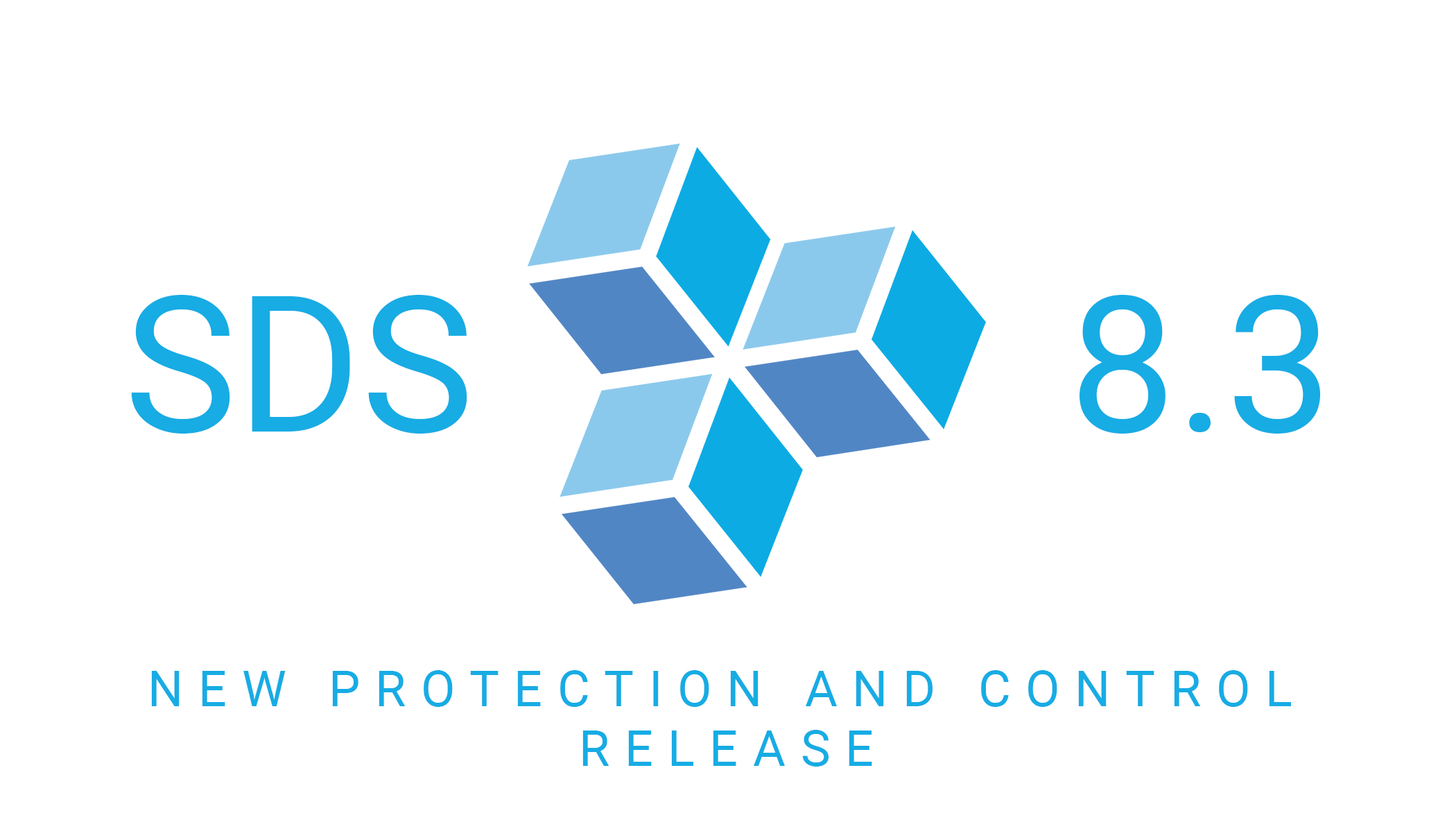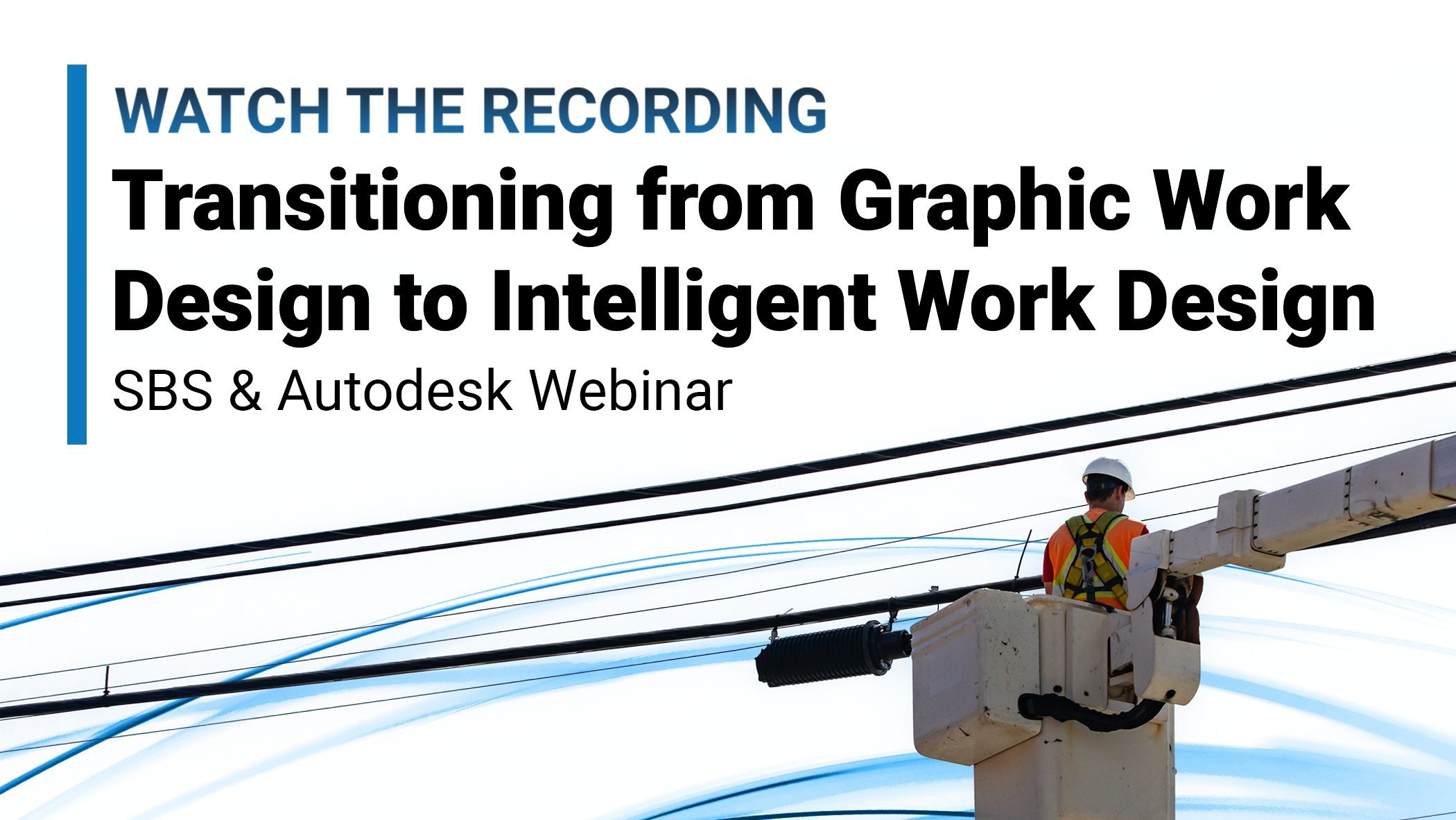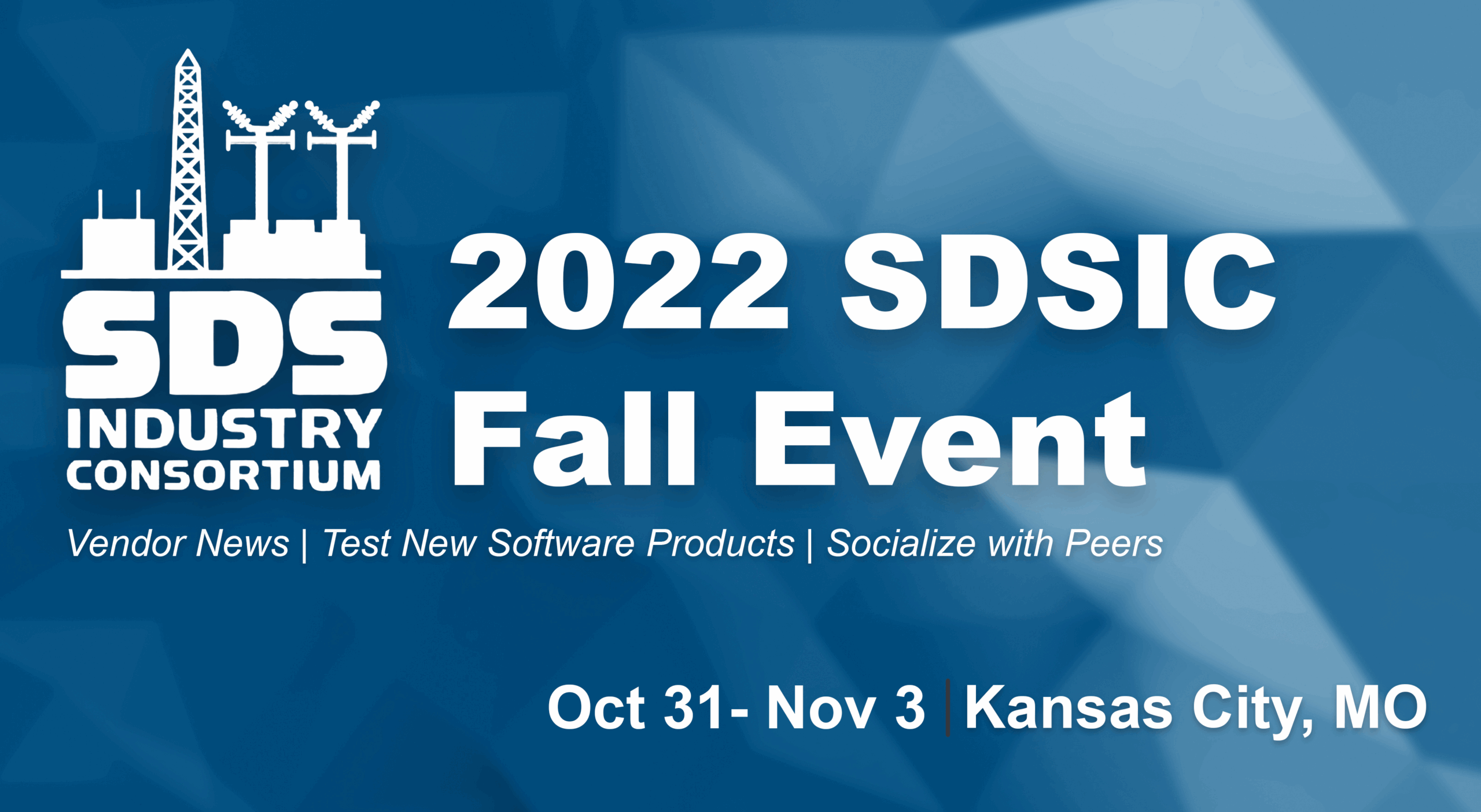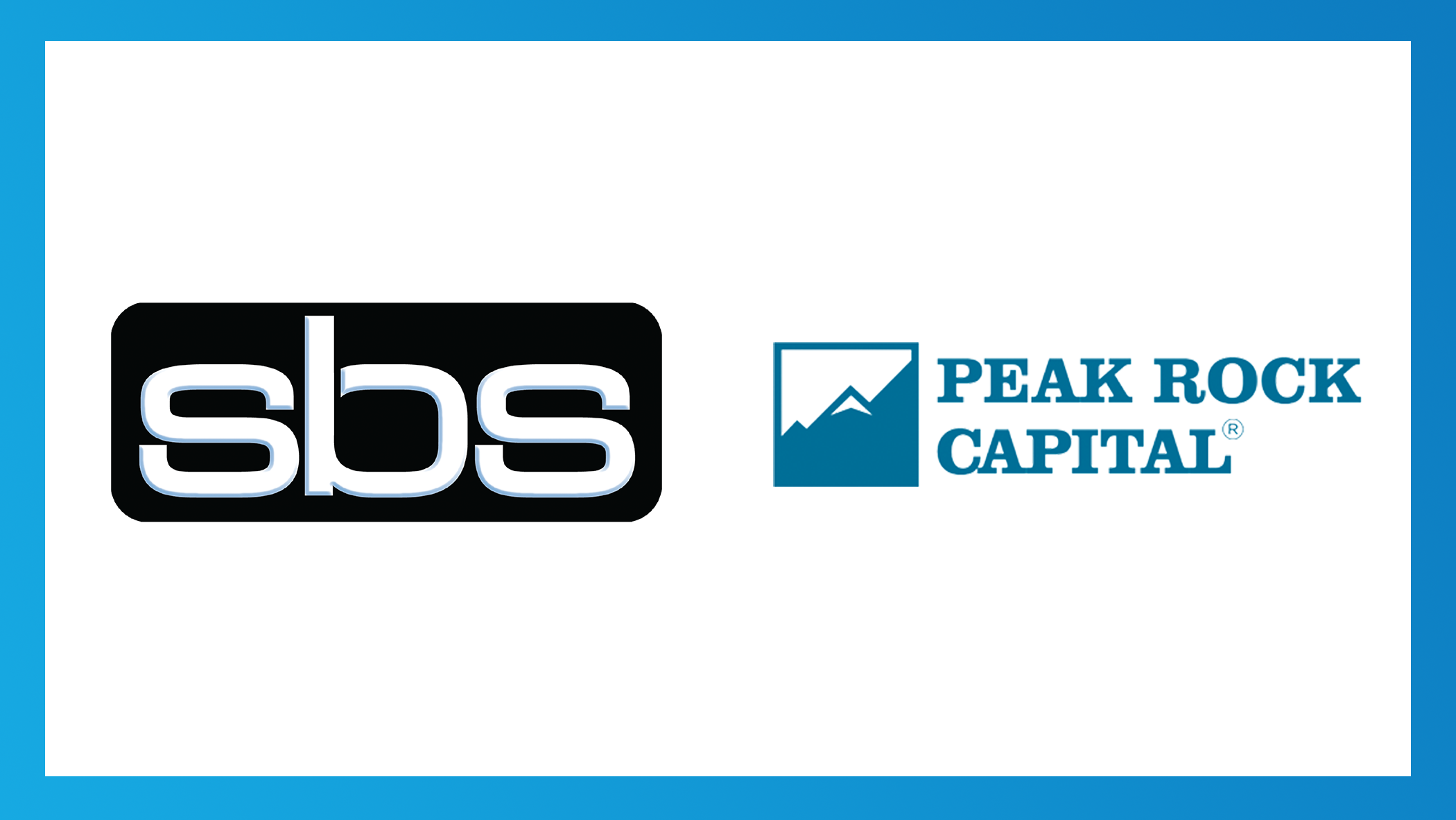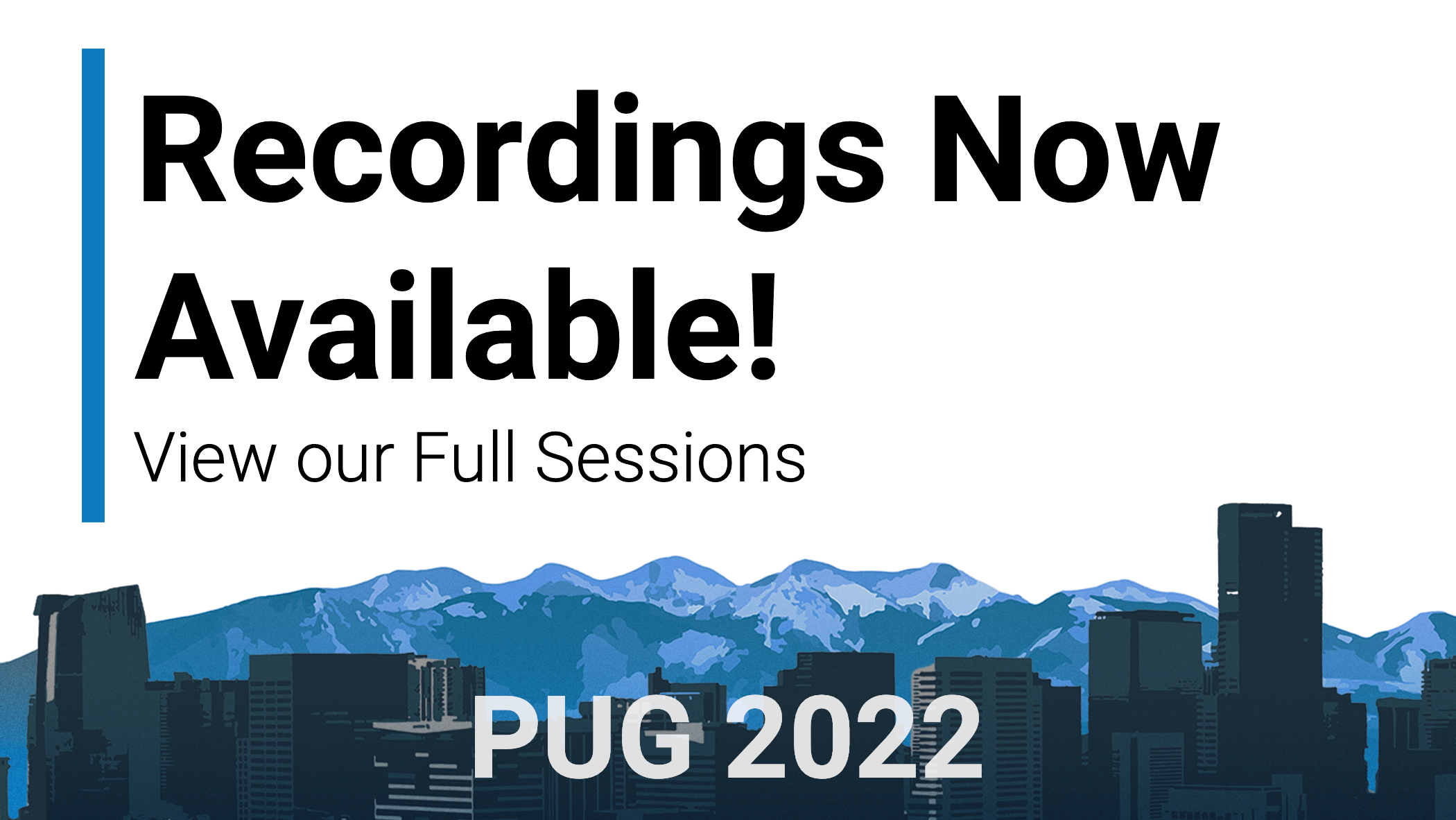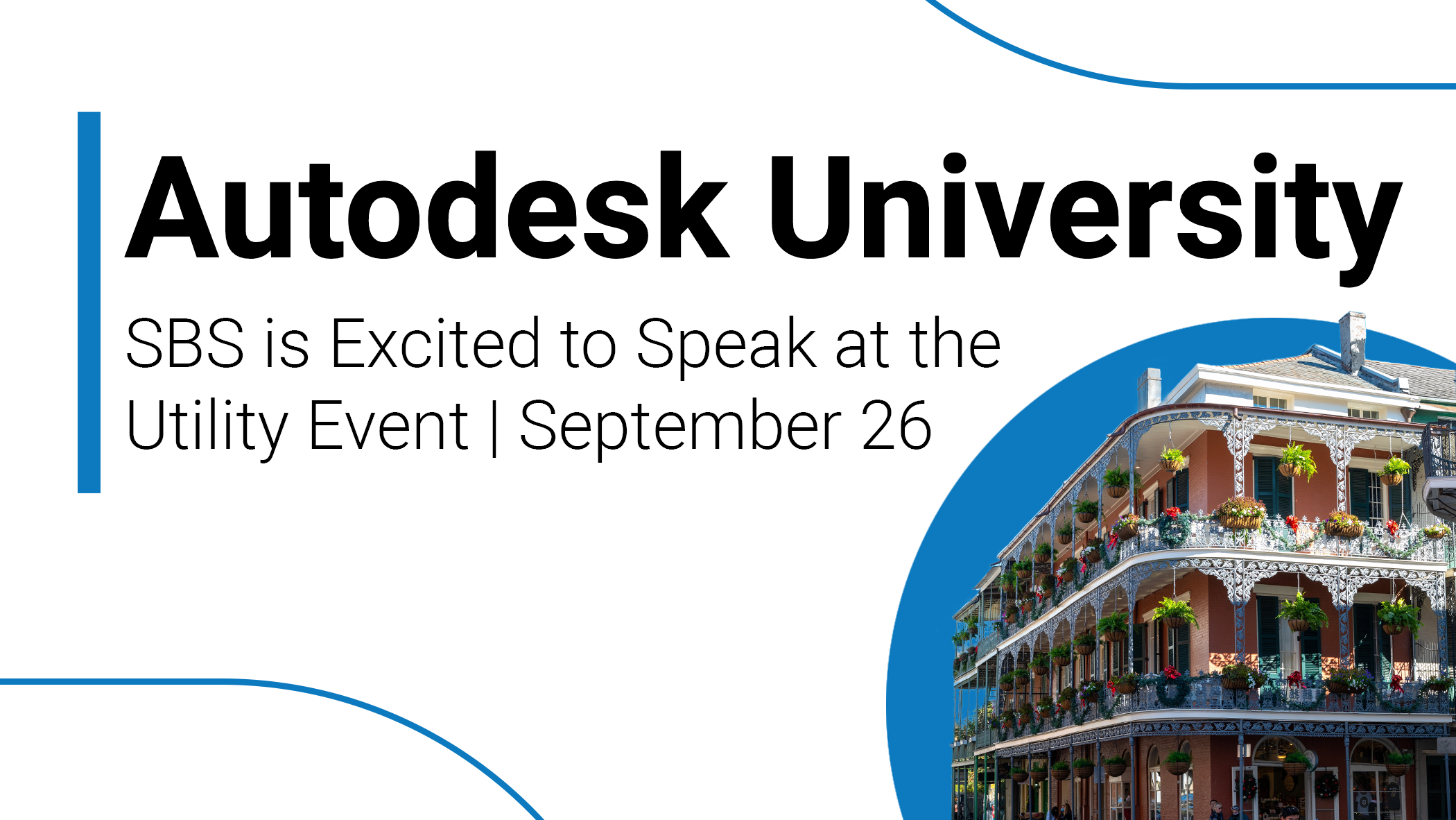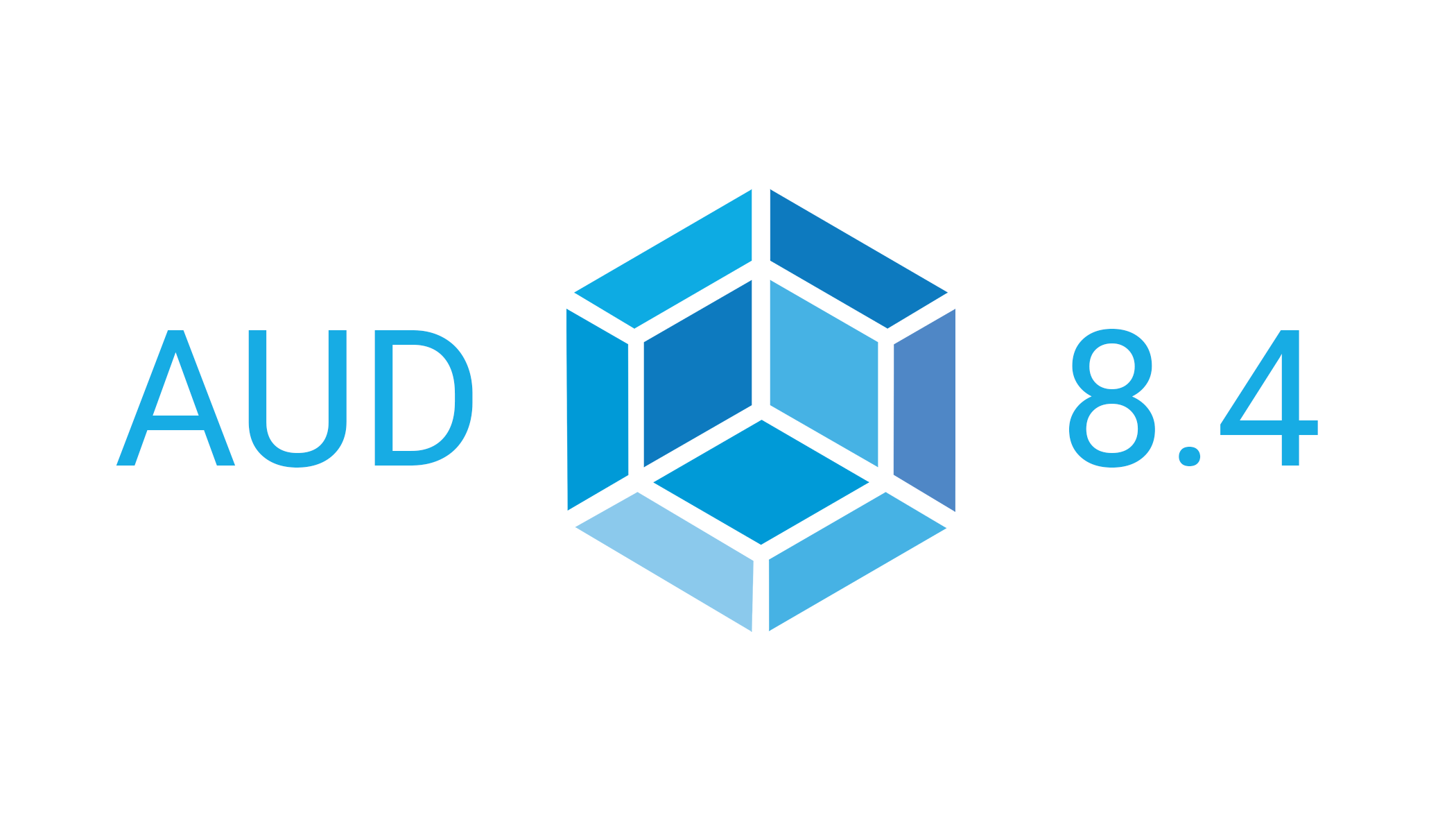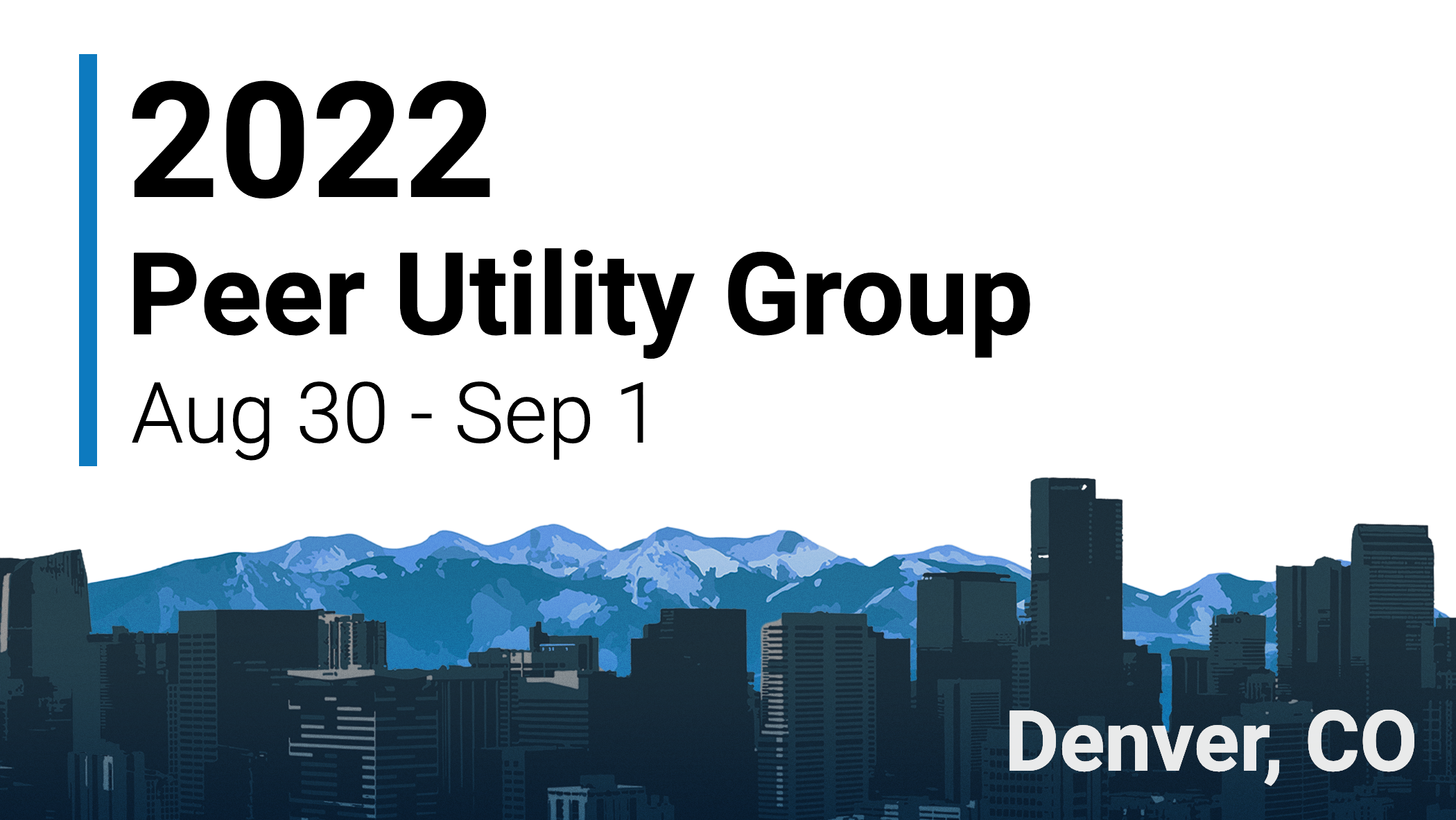SBS is pleased to announce the release of the SDS-P&C 8.3 product update this week. Read below to learn more about the top 5 enhancements added to the latest SDS-P&C toolkit.
New command – SDS Tool Settings (SDS_SETTINGS)
- A large enhancement has been made with the introduction of the SDS Settings tool. This tool makes configuration of the SDS P&C Toolkit a breeze for the admins, configurators, and superusers out there. There is now a dialog with the ability to store settings for 18 tools in an external .csv file for either the environment, client, or specifically for the ACADE project.
- The SDS Settings dialog allows the admin or configurator to specify all toolkit settings and save them to a template or push them out to many or all drawings in the ACADE project. From the user’s perspective, they now see a dropdown at the top of each of these 18 tool dialogs that allows them to pick from the defaults their admin or configurator has set, use custom settings, or use their “last used” settings (legacy behavior).
- Users now receive an easier, more streamlined experience, while no longer having to worry whether the parameters in each tool’s dialog are correct. They can simply launch the tool they need, ensure the dropdown is correct, and run the tool.
New command – Master/Reference-Only Checking and Surf Tool (SDS_REFONLY_QA)
- Master/Reference-Only relationships can be more easily troubleshooted with the addition of the Master/Reference-Only checking tool. This “surf dialog” lists all the Master/Reference-Only relationships in the active project and allows the user to review and navigate any issues they see.
- This dialog shows a couple of common linking issues such as duplicated masters, ref-only symbols with no master, etc. After navigating through the dialog, users can then use our other Master/Reference-Only tools to clean and/or correct any errors.
New command – Checking for Master/Reference-Only Issues in Recently Added Drawings (SDS_CHECK_ADDED_DWGS)
- This tool was created to help ease the standards-to-project workflow for clients that rely heavily on Master/Reference-Only functionality. This command is designed to run immediately after performing AutoCAD Electrical “Copy To,” “Add Active Drawing,” or “Add Drawings…” commands from the ACADE project manager.
- This command then checks the recently added drawings against the existing project drawings for any issues related to Master/Reference-Only relationships. It will automatically freshen duplicated master relationships to avoid errors and present certain cases to the user for them to choose whether to freshen the GUIDs of the symbols on the drawings being added.
New command – AutoCAD DWGPROPS to ACE/ACADE Drawing Properties (SDS_WDP_DWGPROPS)
- This new command also assists in the standards-to-project workflow of our clients, assisting with drawing property workflows. It provides an easy way to push certain drawing properties stored in the AutoCAD DWGPROPS on standards drawings to the active project’s .wdp file and AutoCAD Electrical’s Drawing Properties. This could also potentially be used to bring properties down from Document Management Systems such as the Autodesk Vault.
SDS_TBL tool – Added a “%Z” Column Suffix Option
- A new “%Z” column suffix option displays a value that is dependent on the On-page / Off-page options the user has set up in their Drawing or Project Properties > Cross-references dialog. It also supports “THIS DWG” display, if defined as such, in the Project or Drawing Properties. This adds more flexibility for our users to use the SDS Smart Tables tool.
SBS is always seeking to improve its products and hopes this latest version will help improve the accuracy, efficiency, and production of our client’s projects. Please reach out to [email protected] to learn more about this new release or if you have any questions. Click here to download the newest version of SDS-P&C 8.3. Thank you for your continued support.
